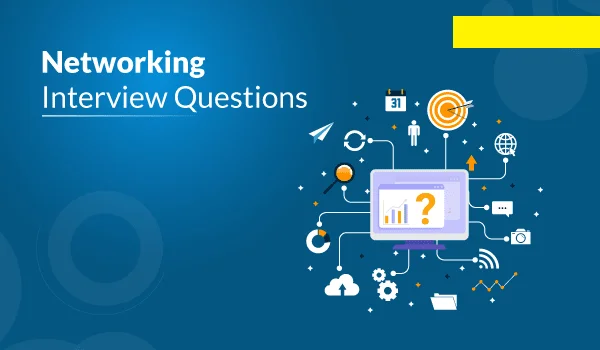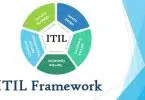Which is not an application layer protocol?
A. HTTP
B. SMTP
C. FTP
D. TCP
Answer: Option d
The packet of information at the application layer is called __________
A. Packet
B. Message
C. Segment
D. Frame
Answer: Option b
Which one of the following is an architecture paradigms?
A. Peer to peer
B. Client-server
C. HTTP
D. Both Peer-to-Peer & Client-Server
Answer: Option d
E-mail is _________
A. Loss-tolerant application
B. Bandwidth-sensitive application
C. Elastic application
D. None of the mentioned
Answer: Option c
Electronic mail uses which Application layer protocol?
A. SMTP
B. HTTP
C. FTP
D. SIP
Answer: Option a
Which one of the following is not correct?
A. Application layer protocols are used by both source and destination devices during a communication session
B. HTTP is a session layer protocol
C. TCP is an application layer protocol
D. All of the mentioned
Answer: Option d
When displaying a web page, the application layer uses the _____________
A. HTTP protocol
B. FTP protocol
C. SMTP protocol
D. TCP protocol
Answer: Option a
The number of objects in a Web page which consists of 4 jpeg images and HTML text is ________
A. 4
B. 1
C. 5
D. 7
Answer: Option c
The default connection type used by HTTP is _________
A. Persistent
B. Non-persistent
C. Can be either persistent or non-persistent depending on the connection request
D. None of the mentioned
Answer: Option a
The HTTP request message is sent in _________ part of the three-way handshake.
A. First
B. Second
C. Third
D. Fourth
Answer: Option c
The first line of HTTP request message is called _____________
A. Request line
B. Header line
C. Status line
D. Entity line
Answer: Option a
The values GET, POST, HEAD etc are specified in ____________ of HTTP message
A. Request line
B. Header line
C. Status line
D. Entity body
Answer: Option a
Multiple objects can be sent over a TCP connection between client and server in a persistent HTTP connection.
A. True
B. False
Answer: Option a
HTTP is ________ protocol.
A. application layer
B. transport layer
C. network layer
D. data link layer
Answer: Option a






Leave a Comment